Inside the Anaerobic Digester: How Modern Digesters Transform Waste to Energy
Anaerobic digestion stands out as a forefront of energy innovation, transforming organic waste into renewable energy and fertiliser. This intricate process not only contributes to waste reduction but also plays a pivotal role in the production of clean energy.
This article delves into the components of an anaerobic digester, the step-by-step process of anaerobic digestion, and the essentials of maintenance and management, highlighting how modern digesters are pivotal in the journey from waste to energy.
Components of an Anaerobic Digester
An anaerobic digester is a sophisticated system designed to optimise the breakdown of organic material without oxygen. Key components include:
Feedstock Input System: This is where organic waste, such as food waste, agricultural residues, or sewage sludge, is introduced into the digester. Pre-treatment may occur here to prepare the biomass for digestion.
Digestion Chamber: The core of the system, usually a sealed tank where the anaerobic digestion process occurs. It's designed to maintain the optimal conditions for microbial activity, such as temperature and pH levels.
Heating System: Maintains the digestion chamber at the ideal temperature for microbial activity, which is crucial for efficient digestion.
Agitation System: Ensures the homogeneous mixing of the feedstock, preventing the formation of layers within the digester and ensuring consistent microbial activity.
Gas Collection System: Captures the biogas produced during digestion. This gas, primarily methane, can be used for energy production.
Digestate Storage: After digestion, the remaining material is stored before being used as a bio-fertiliser on agricultural land.
Step-by-Step Process of Anaerobic Digestion
Anaerobic digestion involves several stages to convert organic waste into biogas and digestate:
Hydrolysis: The first step breaks down complex organic compounds into simpler, soluble molecules, making them accessible to bacteria.
Acidogenesis: Soluble molecules are then converted into volatile fatty acids, alcohols, hydrogen, and carbon dioxide by acidogenic bacteria.
Acetogenesis: The products of acidogenesis are further broken down into acetic acid, carbon dioxide, and hydrogen by acetogenic bacteria.
Methanogenesis: In the final step, methanogenic archaea convert the products of acetogenesis into methane and carbon dioxide, the primary components of biogas.
This sequential process efficiently breaks down organic matter, releasing biogas while leaving behind a nutrient-rich digestate.
Maintenance and Management of Digesters
Effective maintenance and management are crucial for the optimal operation of anaerobic digesters. Key considerations include:
Regular Monitoring
Parameters such as temperature, pH, and biogas production must be closely monitored to ensure the system operates within the optimal range.
Feedstock Quality Control
The composition and consistency of the feedstock significantly impact the digestion process. It's essential to maintain a balanced diet for the microorganisms to maximise biogas production and digestate quality.
Cleaning and Upkeep
Periodic cleaning and maintenance of the digester and its components are necessary to prevent blockages and wear, ensuring longevity and efficiency.
Digestate Management
Proper handling and application of digestate as a bio-fertiliser are vital to closing the loop on organic waste recycling, necessitating appropriate storage and distribution mechanisms.
The Role of Anaerobic Digestion in Renewable Energy
Anaerobic digestion technology is a cornerstone of the renewable energy landscape, particularly in the UK, where the government supports its development and integration into the national grid. By converting food waste and other organic materials into biogas, anaerobic digesters provide a versatile and clean energy source, reducing reliance on fossil fuels and mitigating greenhouse gas emissions. The process exemplifies a circular economy, turning waste products into valuable resources.
Conclusion
Anaerobic digestion is at the forefront of sustainable waste management and renewable energy production. By understanding the components of an anaerobic digester, the digestion process, and the essentials of system maintenance and management, we can appreciate how this technology is transforming organic waste into a treasure trove of energy. As we continue to prioritise sustainability and clean energy, the role of anaerobic digestion in achieving these goals becomes increasingly significant, offering a promising path towards a greener, more sustainable future.
